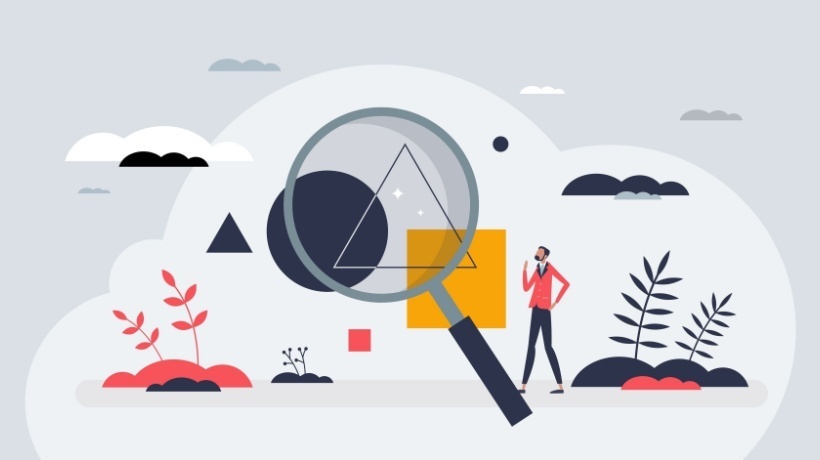A Blueprint For L&D Professionals To Achieve Diversity And Inclusion
In the intricate world of organizational development, Diversity and Inclusion (D&I) stand as pillars of innovation, creativity, and employee well-being. However, the journey to achieving a truly diverse and inclusive workplace is often riddled with challenges. This expanded article delves deeper into the common barriers faced by organizations and offers enriched strategies that Learning and Development (L&D) professionals can employ to cultivate an environment where every employee feels valued, respected, and heard.
4 Common Barriers To Diversity And Inclusion
1. Unconscious Biases
Unconscious biases are deeply ingrained prejudices that are often invisible yet profoundly impact decision-making and interpersonal relationships. These biases can lead to preferential treatment, creating an environment where meritocracy is compromised and certain groups feel marginalized.
2. Resistance To Change
Organizations, especially those with a long-standing culture, often encounter resistance when introducing D&I initiatives. Employees accustomed to established norms may view these changes with skepticism, leading to passive or active resistance.
3. Lack Of Awareness
A pervasive lack of awareness and understanding of the intrinsic and extrinsic benefits of D&I can lead to indifference or opposition. Without a clear comprehension of the positive impacts of diversity, employees may not be motivated to embrace change.
4. Systemic Issues
At times, organizational structures, policies, and practices are inherently biased, leading to systemic barriers to inclusion. These issues can be deeply embedded, requiring a comprehensive overhaul of the existing systems.
Enriched Strategies For L&D Professionals
Educational Programs
L&D professionals should design comprehensive educational programs that not only raise awareness about D&I but also equip employees with practical tools to mitigate unconscious biases. Incorporating real-life scenarios, interactive workshops, and experiential learning can enhance the effectiveness of these programs.
Leadership Training
Leaders are the torchbearers of organizational culture. Specialized training programs focusing on developing empathetic, inclusive leaders can be instrumental. These programs should cover aspects like active listening, cultural intelligence, and adaptive leadership to manage diverse teams effectively.
Inclusive Policies And Practices
L&D professionals can collaborate with HR and management to review and revise organizational policies and practices. This collaborative effort should aim at identifying and eliminating systemic biases so that it ensures fairness and equality in all organizational processes.
Open Communication Channels
Creating platforms for open and transparent communication fosters a culture of mutual respect and understanding. These platforms should encourage employees to share their experiences, insights, and suggestions, promoting a culture of collective growth and learning.
Measuring And Monitoring
Implementing robust mechanisms to measure the impact of D&I initiatives is crucial. L&D professionals should focus on both qualitative and quantitative metrics, offering a holistic view of the progress and areas that require attention.
Extended Case Study: A Multifaceted Approach
Imagine a global corporation facing significant challenges in D&I, embarking on a transformative journey led by the L&D team. They introduced comprehensive unconscious bias training, revamped their hiring processes to eliminate biases, and introduced mentorship programs to support underrepresented groups. Open forums were established, encouraging dialogues that bridged gaps and fostered understanding. This multifaceted approach led to a significant shift, turning a resistant culture into one that embraced and celebrated diversity.
Conclusion
The path to achieving a diverse and inclusive workplace is complex yet rewarding. L&D professionals stand at the forefront of this transformation, equipped with tools, knowledge, and strategies to turn barriers into opportunities. The focus should be on a holistic approach, addressing not just the visible but also the underlying, invisible challenges that impede D&I.
Key Takeaways
- Address biases. Comprehensive programs to identify and mitigate unconscious biases.
- Foster awareness. In-depth educational initiatives to raise D&I awareness.
- Train leaders. Specialized training to develop inclusive leadership competencies.
- Revise policies. Collaborative efforts to overhaul biased policies and practices.
- Measure impact. Robust mechanisms for continuous monitoring and refinement.
In this enriched narrative, the role of L&D in fostering Diversity and Inclusion is underscored as pivotal. By adopting a multifaceted, adaptive, and continuous learning approach, L&D professionals can significantly contribute to building organizations where diversity and inclusion are not just buzzwords but are deeply embedded in every aspect of the organizational ethos. This transformation not only enhances employee satisfaction but also propels organizations to new heights of innovation, creativity, and success in the competitive business landscape.







